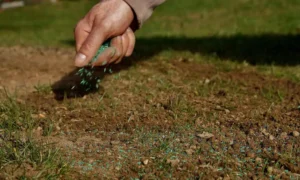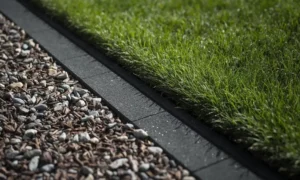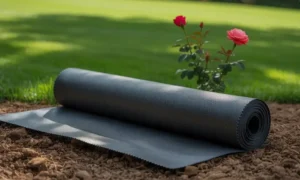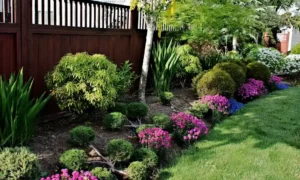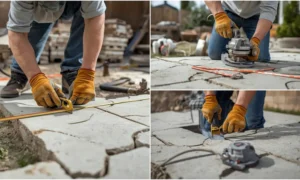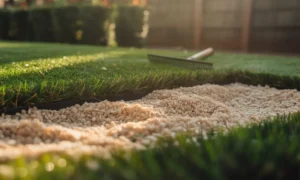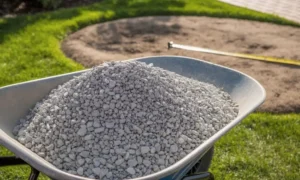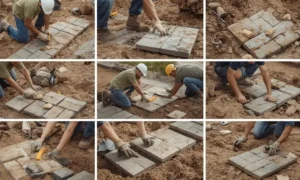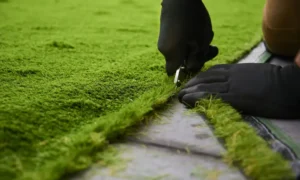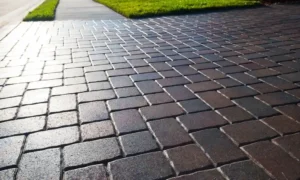How to install lawn irrigation system is a common question for homeowners looking to maintain a lush, green lawn without the hassle of manual watering. A well-planned irrigation installation ensures your lawn gets consistent moisture, saving time and water in the long run. Whether you’re refreshing an older system or planning to install a sprinkler system from scratch, understanding the basics can make the job easier and more effective. With the right tools, clear guidance, and a bit of patience, you can take control of your outdoor watering needs. This DIY guide breaks down the process step-by-step, helping you confidently complete your irrigation installation.
Tools and Equipment Required for Lawn Irrigation Installation
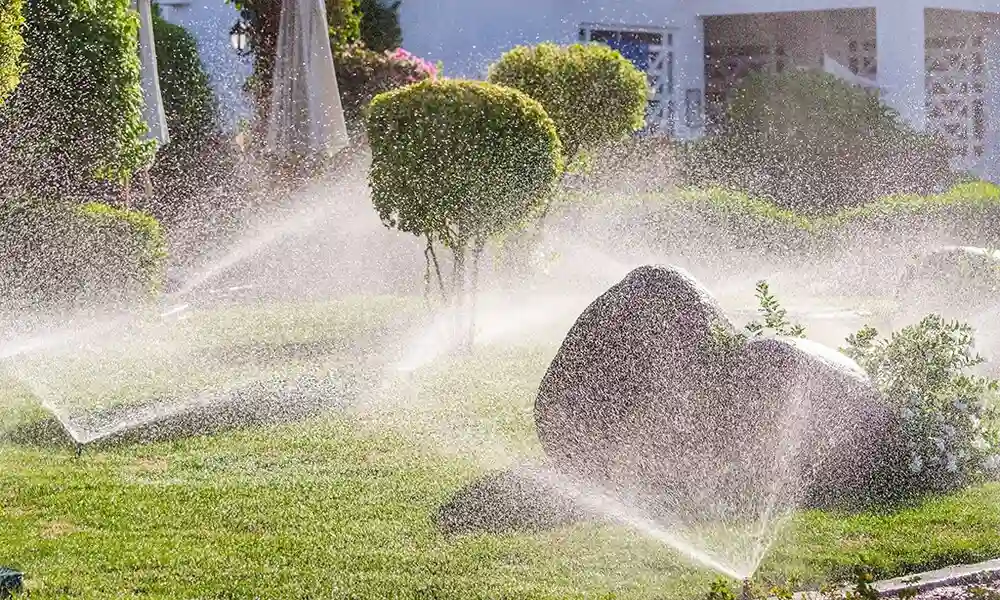
- Shovel or trenching tool – For digging trenches to lay pipes
- PVC pipes or polyethylene tubing – Main water lines for your system
- Sprinkler heads (pop-up or fixed) – Disperse water evenly across the lawn
- Pipe cutter and glue/sealant – For cutting and securely connecting pipes
- Backflow preventer – Prevents contaminated water from flowing back into the water supply
- Timer/controller unit – Automates watering schedules
- Pressure regulator – Ensures consistent water pressure
- Valve manifolds – Control water flow to each irrigation zone
- Teflon tape, clamps, and fittings – For leak-proof connections
- Measuring tape and flags for layout – To map out and mark sprinkler placements accurately
How to Install Lawn Irrigation System in 10 Easy Steps
Successfully completing a lawn sprinkler installation doesn’t require professional experience—just a clear plan, the right tools, and a step-by-step approach. Whether you’re looking to install water sprinkler system in a new lawn or upgrade your existing setup, follow these ten essential steps to get your irrigation installation done right:
1. Plan Your Irrigation Layout
Before you begin digging, take time to carefully map your lawn. Divide your yard into zones based on sunlight, plant type, and soil condition. This zoning ensures each area receives the appropriate amount of water. Planning is a critical step in every irrigation installation, especially if you’re aiming to efficiently install irrigation systems for long-term performance.
2. Mark Sprinkler Head Locations
Using your layout plan, mark where each sprinkler head will go. Use flags or stakes to pinpoint locations accurately. This helps you visualize water coverage and identify any overlap or gaps before you install sprinkler system components. Correct spacing is essential for even watering and system efficiency.
3. Dig Trenches for Pipes
Now it’s time to dig. Use a trenching tool or shovel to create trenches about 6 to 12 inches deep—deep enough to protect the pipes and allow for winterization if needed. Keeping the trenches neat and consistent makes it easier to lay out tubing during the lawn sprinkler installation.
4. Install Valve Box and Connect to Water Source
Locate your main water supply and install a valve box nearby. This will house the control valves and help manage water flow to each zone. Be sure to include a backflow preventer to keep your home’s drinking water safe, and a pressure regulator to avoid damaging the system with too much pressure. This step is foundational to a safe and efficient install irrigation systems setup.
5. Lay the Pipes in Trenches
Lay out your PVC or polyethylene tubing in the trenches according to the zones and sprinkler head layout. Use connectors and fittings to secure the pipes and direct water where it’s needed. This step ties your full irrigation installation plan together and forms the backbone of your sprinkler system.
6. Attach Sprinkler Heads
Once the piping is laid out, install the sprinkler heads by connecting them to the pipes at your marked locations. Make sure each head is flush with the ground so that it won’t get damaged or obstruct mowing. Whether you’re doing a DIY lawn sprinkler installation or hiring help, proper placement ensures even water coverage.
7. Connect Wiring for Controller and Valves
If you’re using an automatic system, you’ll need to wire the valves to the controller. Use waterproof connectors and bury the wires alongside your pipes. Wiring ensures that each zone can be operated automatically, a major benefit when you install sprinkler system solutions for busy homeowners.
8. Test the System for Leaks and Coverage
Before covering the trenches, run a system test. Check for leaks at all joints and connections, and observe each sprinkler’s water coverage. Make any necessary adjustments to the heads and pressure levels. Testing is a must for all lawn sprinkler installation projects to prevent future problems.
9. Backfill Trenches and Secure Components
Once everything is working correctly, carefully backfill the trenches with the removed soil. Tamp down the dirt to avoid sinking over time. Double-check that all sprinkler heads remain at ground level and that no pipes are exposed.
10. Program the Controller and Set a Watering Schedule
Finally, set up your timer or smart controller to water each zone based on local weather, plant type, and soil condition. Most modern systems allow for seasonal adjustments and rain delays, making your irrigation installation more efficient and environmentally friendly.
By following these 10 easy steps, you can confidently install water sprinkler system components that keep your lawn healthy and green. Whether it’s your first time or you’re upgrading a system, taking the time to install irrigation systems the right way will pay off in both water savings and landscape beauty and if you want best landscape construction services in the Bay area you can contact Lakota Design Group.
When to Call Experts

While DIY irrigation installation can be rewarding, there are times when calling in the pros is the smarter, safer choice. Here’s when you should consider hiring experts for your lawn sprinkler installation:
- If Your Lawn Has Complex Zones or Slopes
Uneven terrain, multiple plant types, or shaded areas require precise zoning and water distribution. Professionals can design an efficient system tailored to your landscape’s specific needs. - When Dealing With Low Water Pressure or Uneven Coverage
Improper design can lead to dry spots or overwatering. Experts know how to balance pressure, flow rate, and head placement to ensure even coverage across your lawn. - If Installing Near Electrical or Gas Lines
Digging near underground utilities can be dangerous. Licensed contractors are trained to locate and work safely around these lines during irrigation system installation. - For Integration With Smart Irrigation Systems
Modern systems offer weather-based scheduling, app control, and water-saving features. If you want to install sprinkler system technology that integrates with smart home devices, professionals ensure seamless setup. - When You Prefer Professional-Grade Precision and Time-Saving
Hiring experts saves time, eliminates guesswork, and ensures long-term performance. If you value durability, efficiency, and hassle-free operation, a professional install water sprinkler system service is worth the investment.
Final Thoughts
Installing a lawn irrigation system doesn’t have to be complicated. With the right tools and a clear plan, you can boost your lawn’s health and efficiency. Whether you’re doing it yourself or calling in professionals, proper irrigation ensures lasting green results. For expert installation and tailored landscape solutions, trust Lakota Design Group. Ready to transform your lawn? Contact Lakota Design Group today!
FAQs
What Tools Do I Need To Install A Lawn Irrigation System?
You’ll need trenching tools, PVC or polyethylene pipes, sprinkler heads, connectors, a backflow preventer, a timer/controller, and Teflon tape. A shovel and tape measure are also essential.
Can I Install A Lawn Irrigation System Myself?
Yes, many homeowners install their own systems with proper planning and DIY skills. However, for larger or sloped lawns, professional help is recommended.
How Deep Should Irrigation Pipes Be Buried?
Pipes should typically be buried 6 to 12 inches deep, depending on your local climate and soil conditions, to prevent damage and freezing.
How Do I Plan The Layout For My Irrigation System?
Start by mapping your lawn, marking zones, measuring water pressure, and choosing the right sprinkler types for each area. Proper spacing ensures even coverage.
How Long Does It Take To Install A Sprinkler System?
A DIY installation may take a weekend for smaller lawns, while professional installations for larger properties can take several days.


